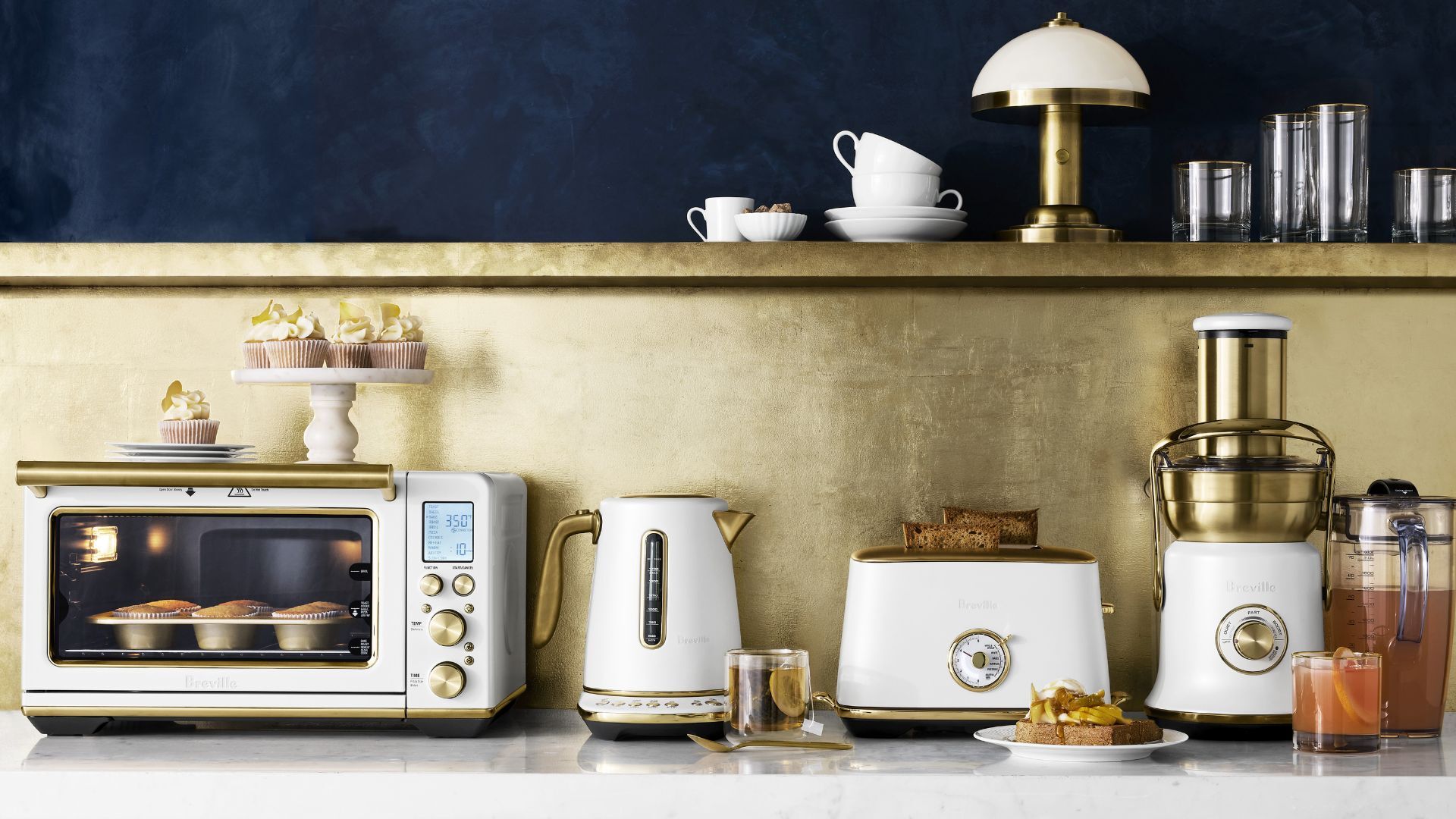How to clean a burnt pot to make it look good as new
Here’s how to clean a burnt pot in just three easy steps
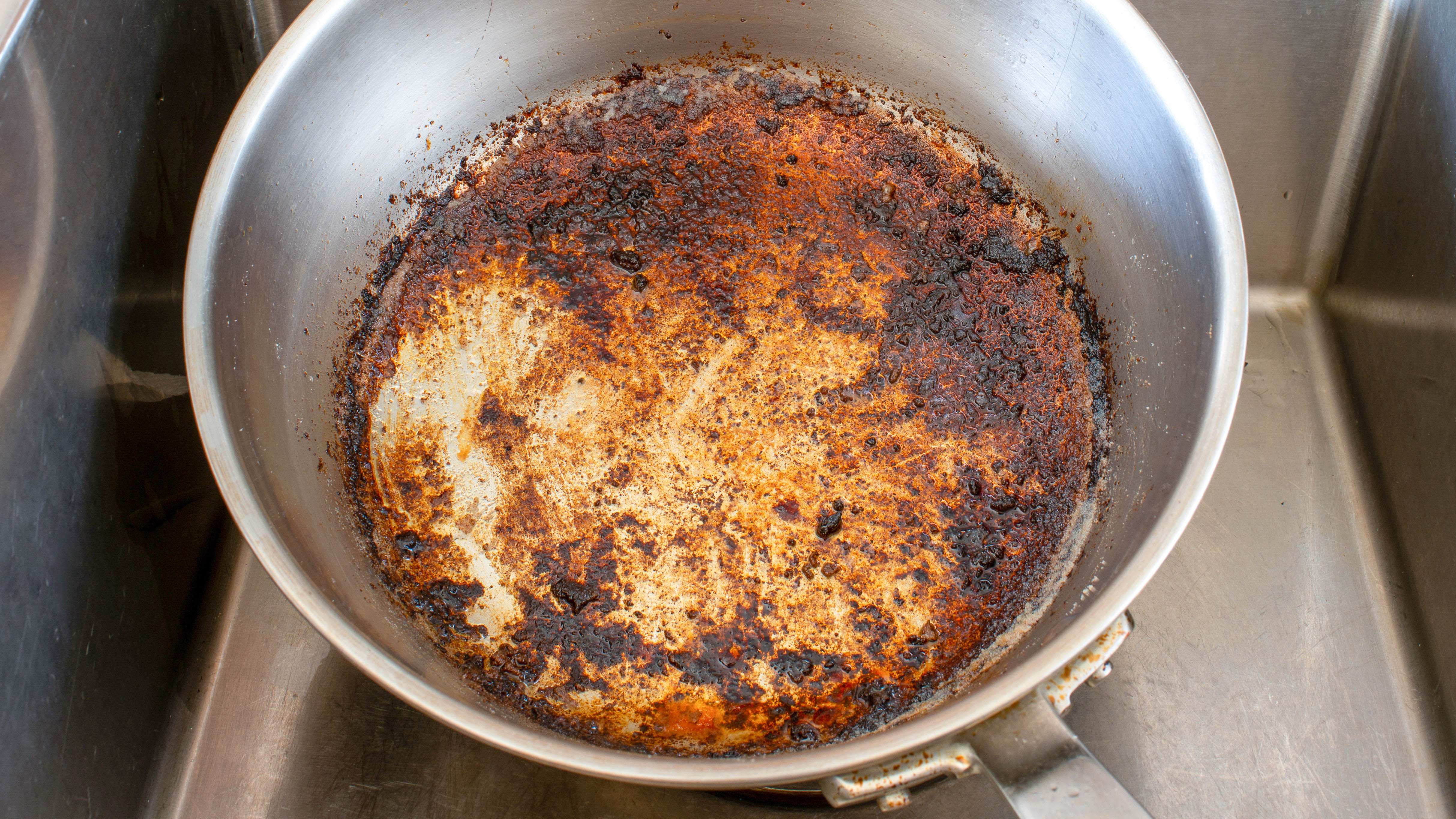
If you’ve ever overcooked your food, you’ll need to know how to clean a burnt pot to make it look as good as new.
Burning a pot while preparing a meal is no fun. This often happens when there is either too little or too much heat that will inevitably scorch pots and pans. Not only does a burnt pot ruin your favorite dish, (not to mention the awful smell!), but also leaves you with the hassle of scrubbing away at the stuck-on debris that’s seared into your pot or pan.
Even the most experienced cooks have experienced a burnt pot or two in their time, though. And the good news is, you can learn how to clean a burnt pot in no time. All it takes is just a few household ingredients you probably already have in your kitchen. Unlike the store-bought cleaners, these are free from harsh chemicals, eco-friendly and won’t cost you a fortune. Better still, it will save you the elbow grease and precious time over the sink. So if you want your scorched pots to sparkle again, here’s how to clean a burnt pot in three easy steps.
How to clean a burnt pot with baking soda and vinegar
1. First, fill the burnt pot or pan with enough water to cover the bottom and add one cup of distilled white vinegar into your pot. Bring the pan to the boil then remove from the heat and leave on a flat surface.
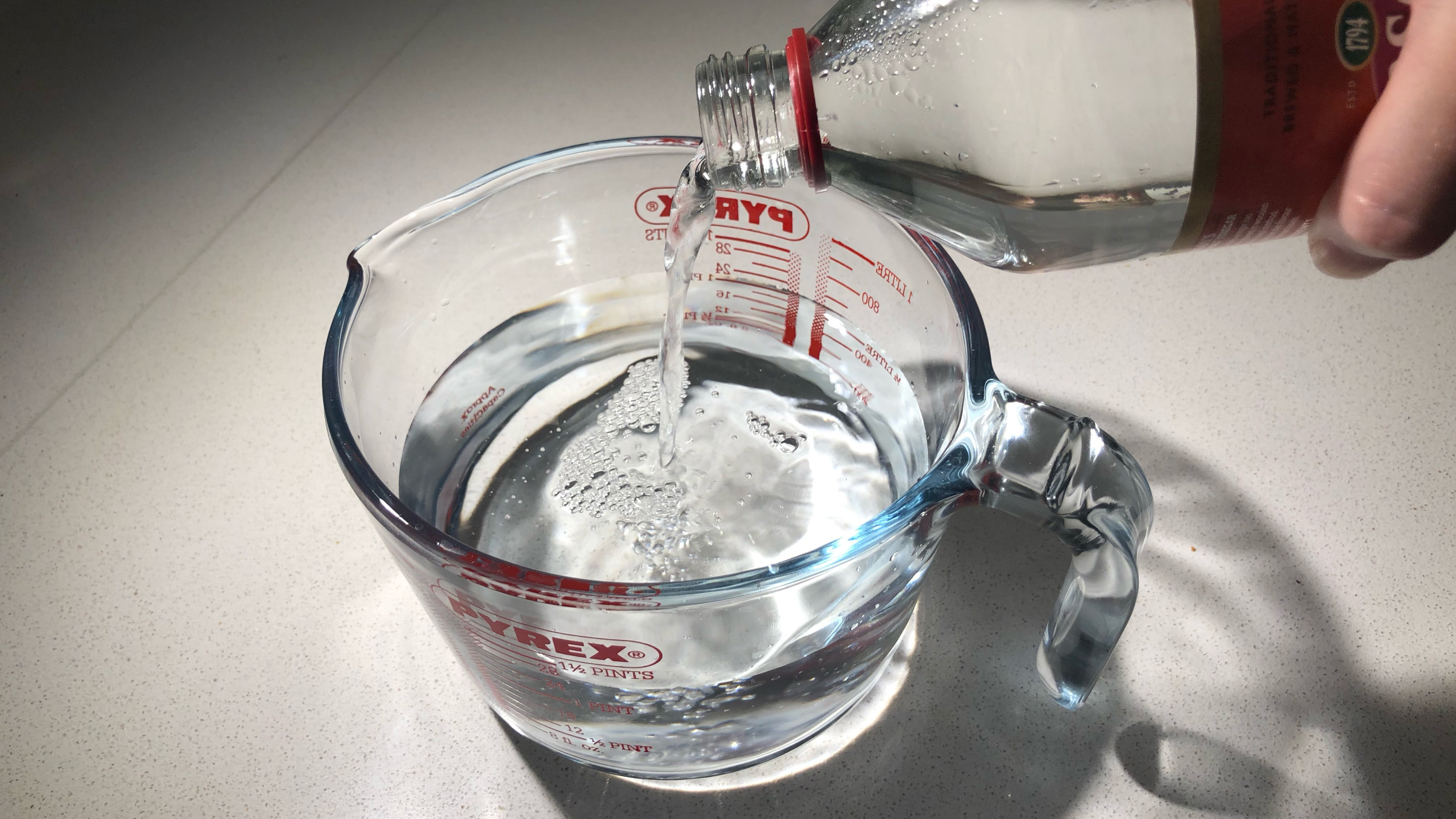
2. Next, add two tablespoons of baking soda and leave it to fizz and sit for a few minutes. Fizzing is just the chemical reaction which happens when baking soda is mixed with the vinegar, and this needs to happen in order for the mixture to do its work and remove stubborn grime. This is what makes baking soda and vinegar so good at cleaning.
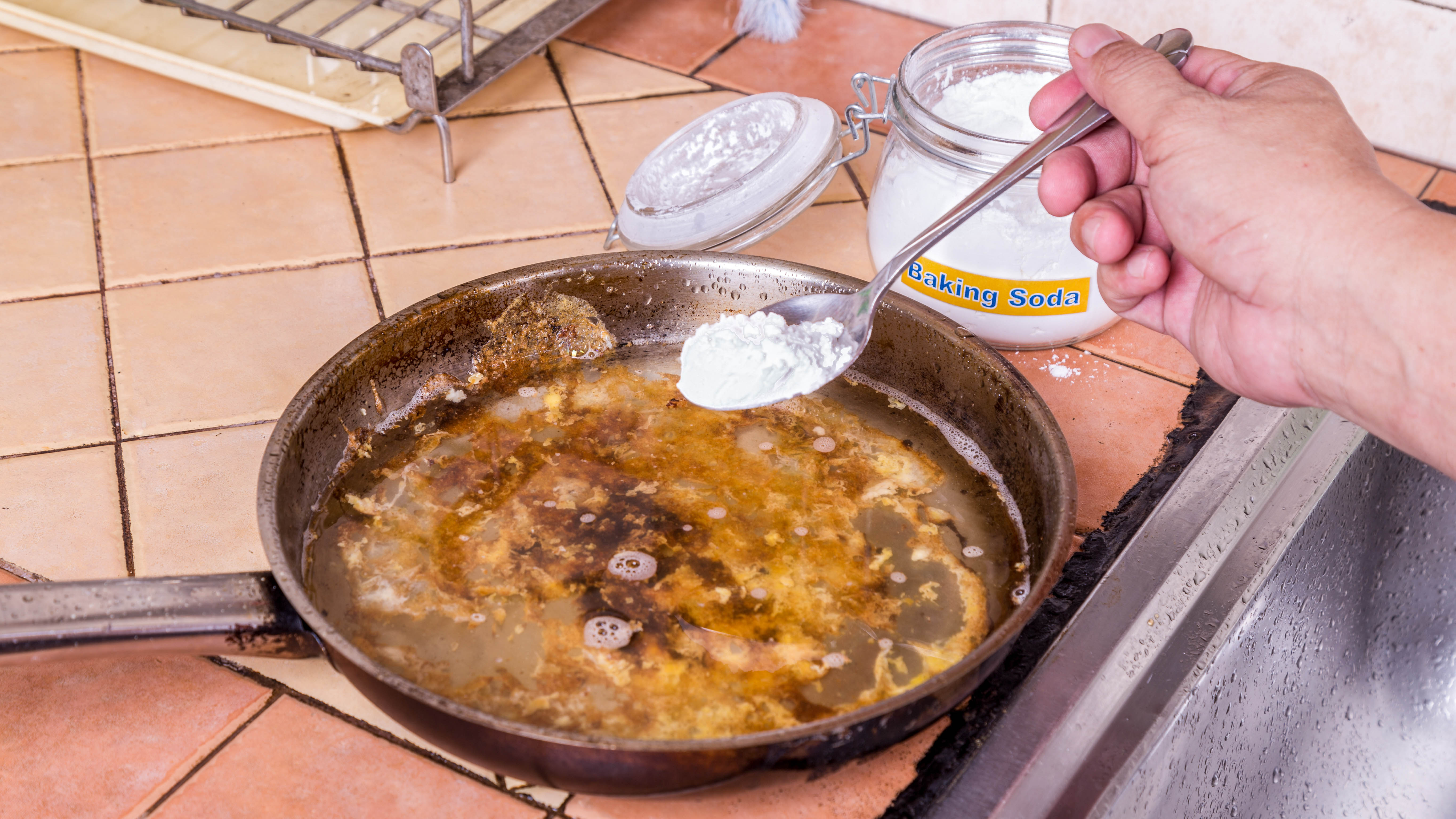
3. Finally, empty out the pot and gently scrub away the burnt bits at the bottom with a non-scratch scouring pad before washing as normal with dish soap and warm water. Repeat if necessary until there are no traces of food or oil residue.
In addition, you can make a paste of baking soda with a few drops of water to remove stubborn stains. This is also effective when cleaning stainless steel without damaging it.
Sign up to get the BEST of Tom's Guide direct to your inbox.
Get instant access to breaking news, the hottest reviews, great deals and helpful tips.
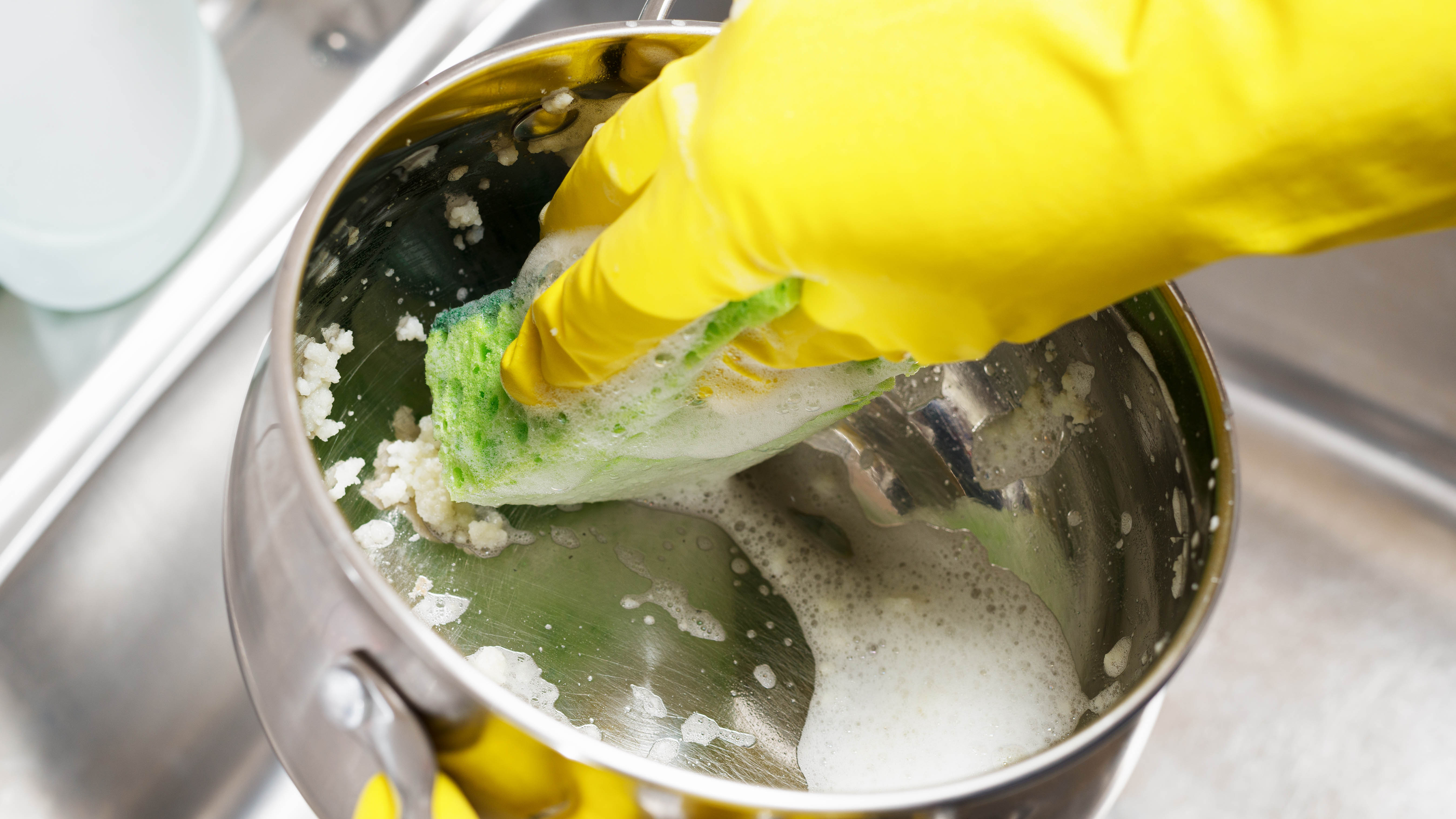
How to clean a burnt pot with lemons
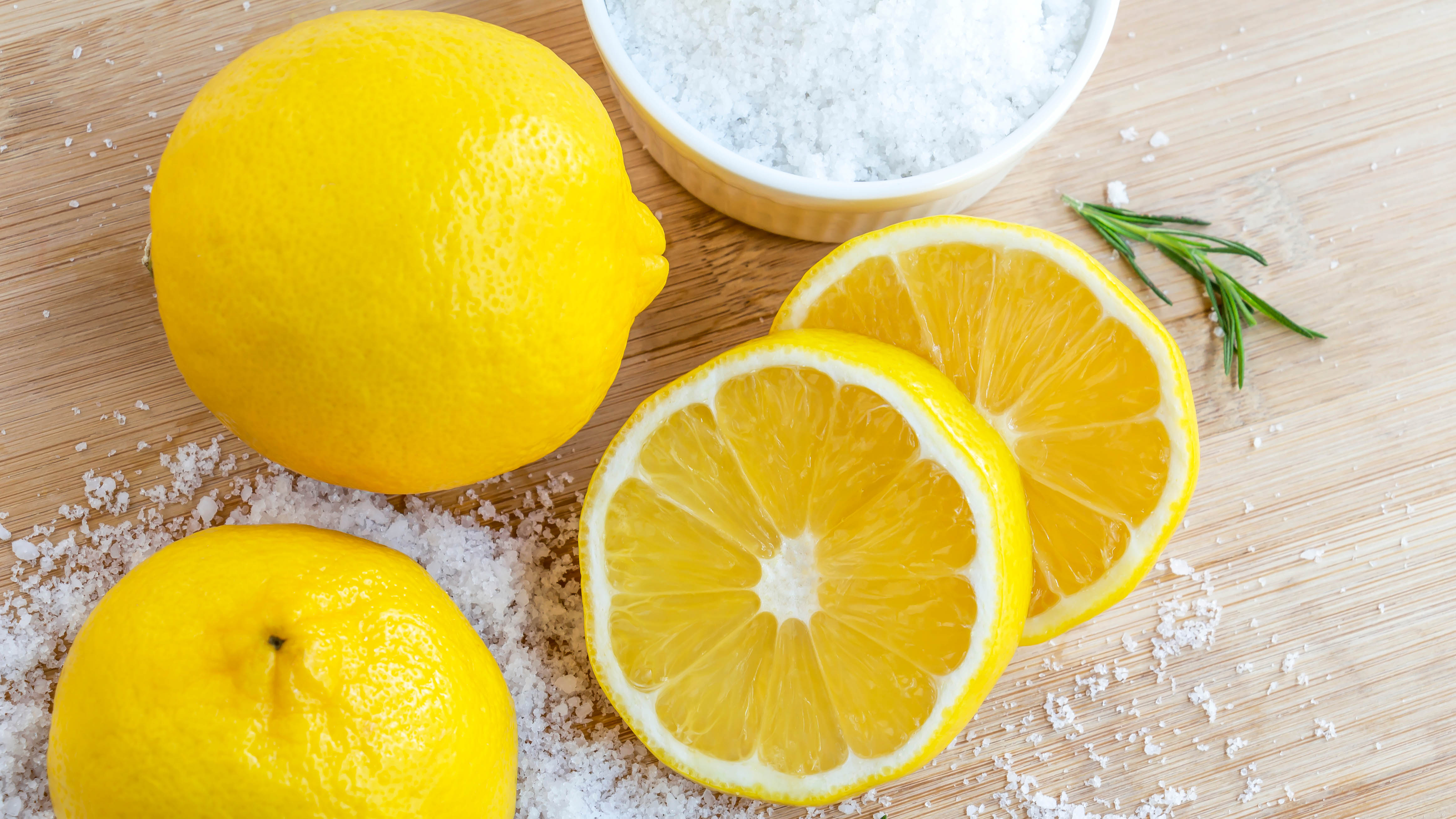
1. First, fill your scorched pot with water and add cut lemon quarters to it. Then, bring the water to a boil and leave the lemons in for about five minutes to soak. You can leave it longer depending on how scorched your pot is.
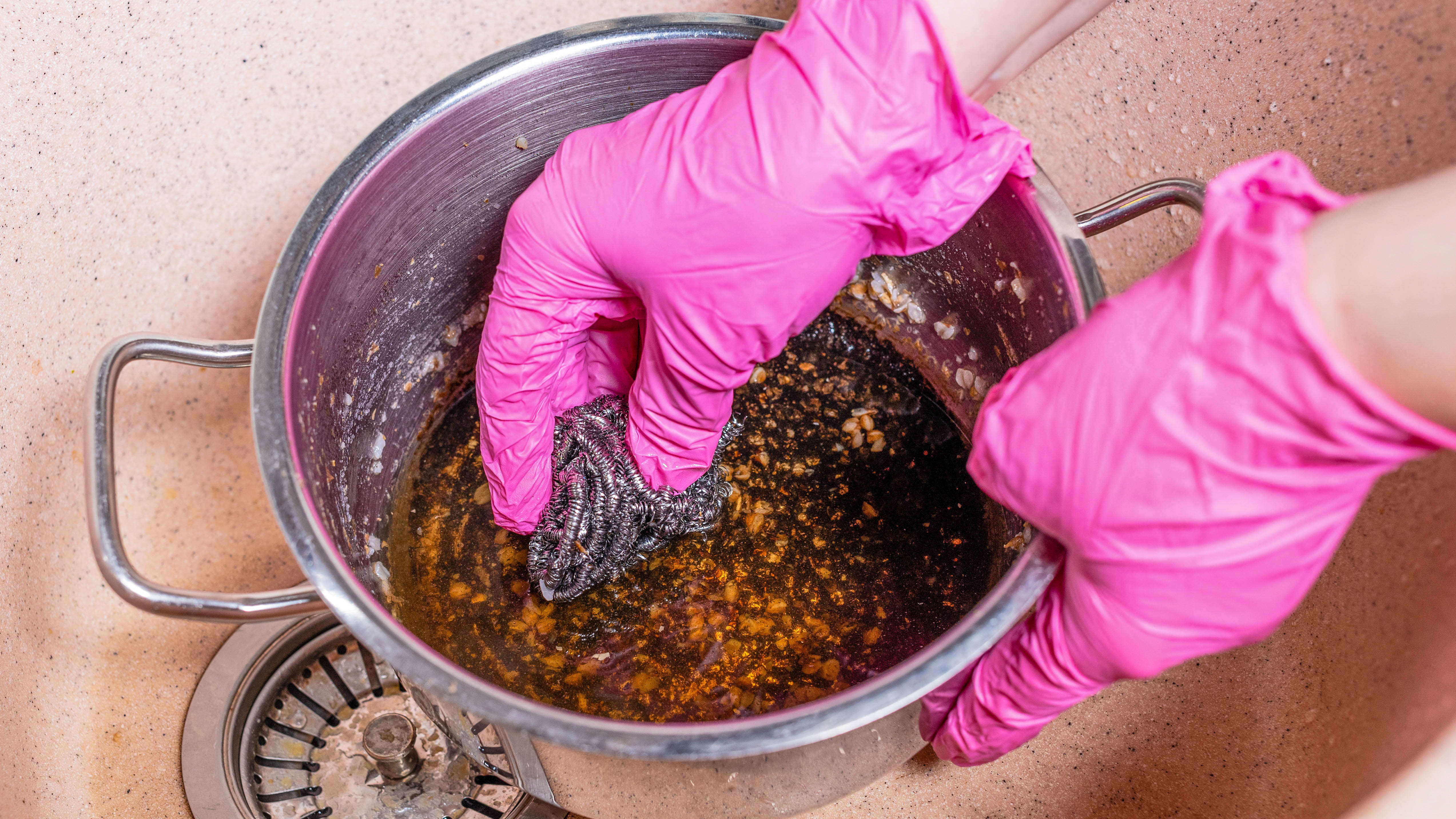
2. After five minutes, turn off the heat and wait for the mixture to cool before throwing out the lemons and water. Use a wooden spoon or a non-scratch scouring pad to scrape away burnt food residue before washing as normal with dish soap and warm water. The citric acid from the lemons should have loosened any hardened grime inside the pot.
How to avoid burning your pots
- Buy cookware of the highest quality, manufactured by a reputable company
- Clean the exterior of your pot before you cook to remove traces of food or residue
- Preheat the pot with oils, butter, or any other fat before adding food
- Be sure to add enough fat so that it covers the entire cooking surface of the pot
- Swill the fat around the pain to cover the cooking surface and some of the sides
- Keep stirring or turning your food to prevent it from sticking and burning
- Don’t cook on a high heat for a long time. Once the oil starts smoking, lower the flame
- Always clean pots and pans thoroughly after use and dry well. Never use abrasive cleaning products on stainless steel or non-stick pots as these will scratch or damage the surface
If you prefer to cook with cast iron, you’ll need to know how to clean a cast iron skillet and remove rust. You'll also need to know how to season your cast iron skillet and how often and you may also need one of the best cutting boards for prepping meals.
Off to college this year? Check out 7 cleaning hacks every college student should know.

As the Homes Content Editor, Cynthia Lawrence covers all things homes, interior decorating, and garden-related. She has a wealth of editorial experience testing the latest, ‘must-have’ home appliances, writing buying guides and the handy ‘how to’ features.
Her work has been published in various titles including, T3, Top Ten Reviews, Ideal Home, Real Homes, Livingetc. and House Beautiful, amongst many.
With a rather unhealthy obsession for all things homes and interiors, she also has an interior design blog for style inspiration and savvy storage solutions (get rid of that clutter!). When she’s not testing cool products, she’ll be searching online for more decor ideas to spruce up her family home or looking for a great bargain!
